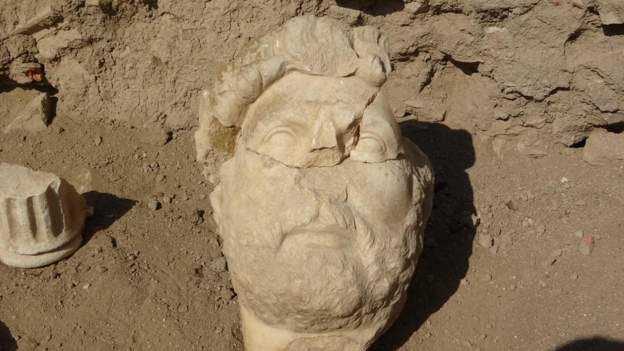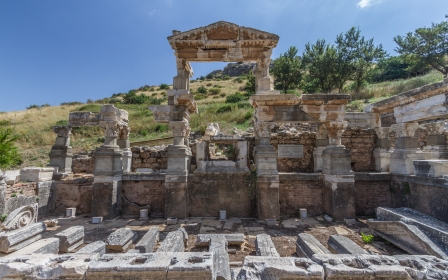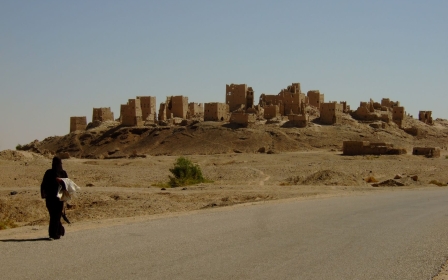Turkey: Statue of Roman Emperor Hadrian found in southwestern Aydin province

Excavations of the ancient city of Alabanda in southwestern Turkey have uncovered fragments of a statue of the Roman Emperor Hadrian, including his head, in a major archaeological find.
The relic was discovered during ongoing investigative works at the site, which is located in Turkey's Aydin province, in a region known as Caria in antiquity.
Speaking to reporters on Friday, Ali Yalcin Tavukcu, a lecturer in the Department of Classical Archaeology at Ataturk University, said the statue was thought to be around 1,900 years old and was likely created for Hadrian's visit to the city in 120 CE.
"For more detailed information about the statue, we are working to find inscriptions containing honorifics," he said, according to Anadolu Agency.
"The statue, which we found in six pieces, will be one of the most important works in the museum."
Hadrian ruled the Roman Empire between 117 and 138 CE, the year of his death. He is known for his extensive travels across the empire during his rule.
The region that now makes up modern Turkey was ruled by the Romans and their successors the Byzantines for around 1,400 years, and served not only as a gateway into the Near East but also as the empire's administrative base after the reign of Emperor Constantine.
After the fall of the western Roman empire, the Byzantines ruled much of Turkey until 1453, when the Ottomans under Sultan Mehmet II conquered Constantinople and put an end to remnants of Roman rule once and for all.
Umut Tuncer, culture and tourism director for Aydin, said he hoped the new discovery could help attract more tourists to the region.
"There is very little like the statue in the world. We are very happy in this sense," he said, according to Anadolu.
The statue, thought to be 2.5 metres tall when intact, will be put on display at the Aydin Archeology Museum after work on it is complete, the news agency reported.
Middle East Eye propose une couverture et une analyse indépendantes et incomparables du Moyen-Orient, de l’Afrique du Nord et d’autres régions du monde. Pour en savoir plus sur la reprise de ce contenu et les frais qui s’appliquent, veuillez remplir ce formulaire [en anglais]. Pour en savoir plus sur MEE, cliquez ici [en anglais].




